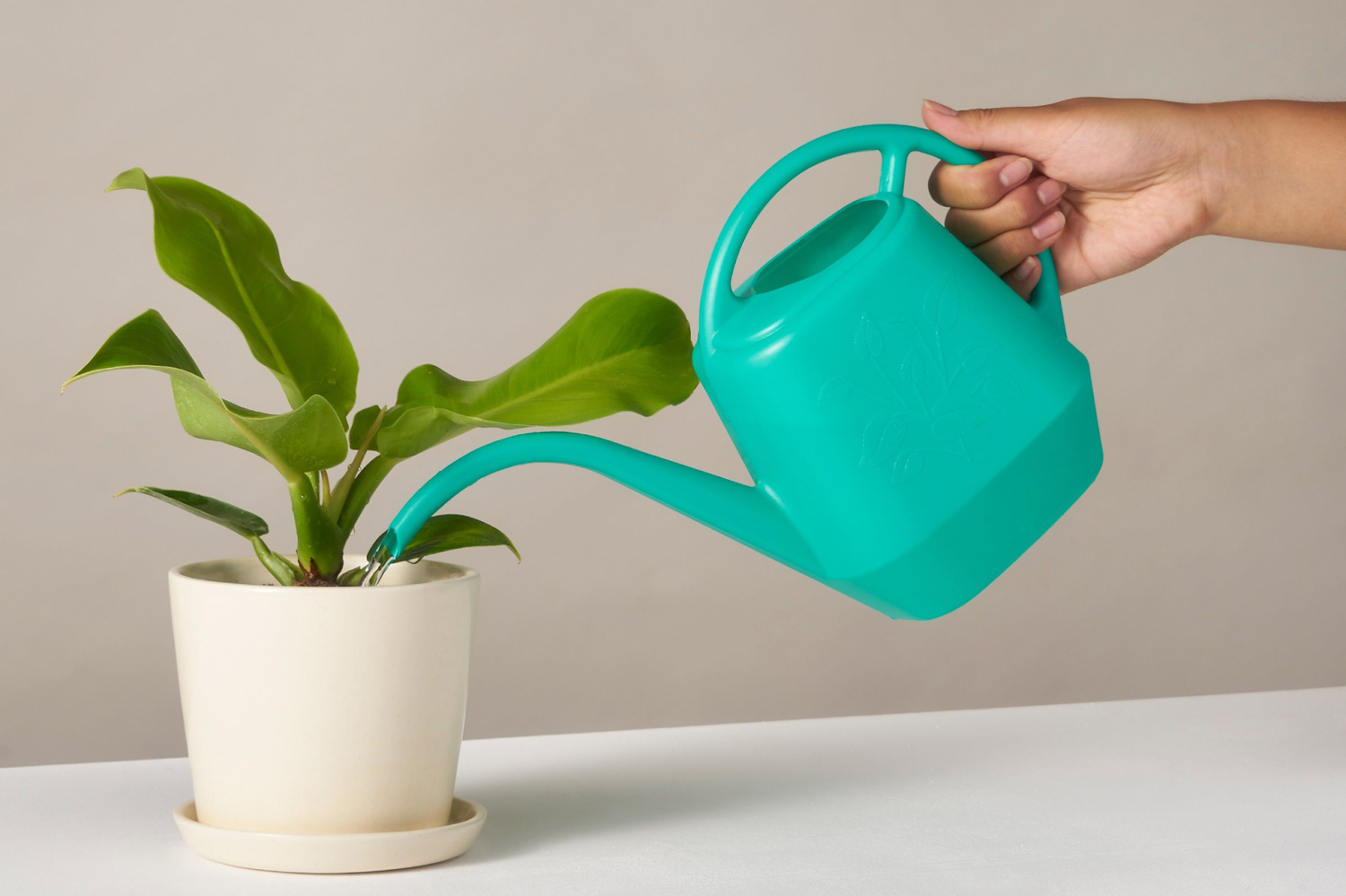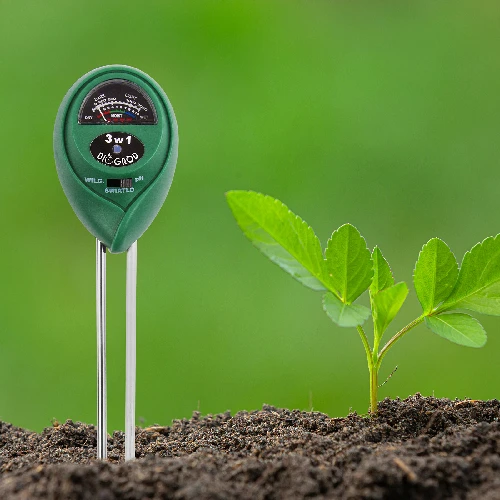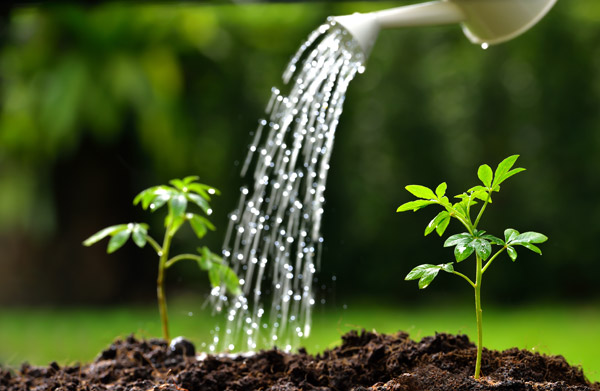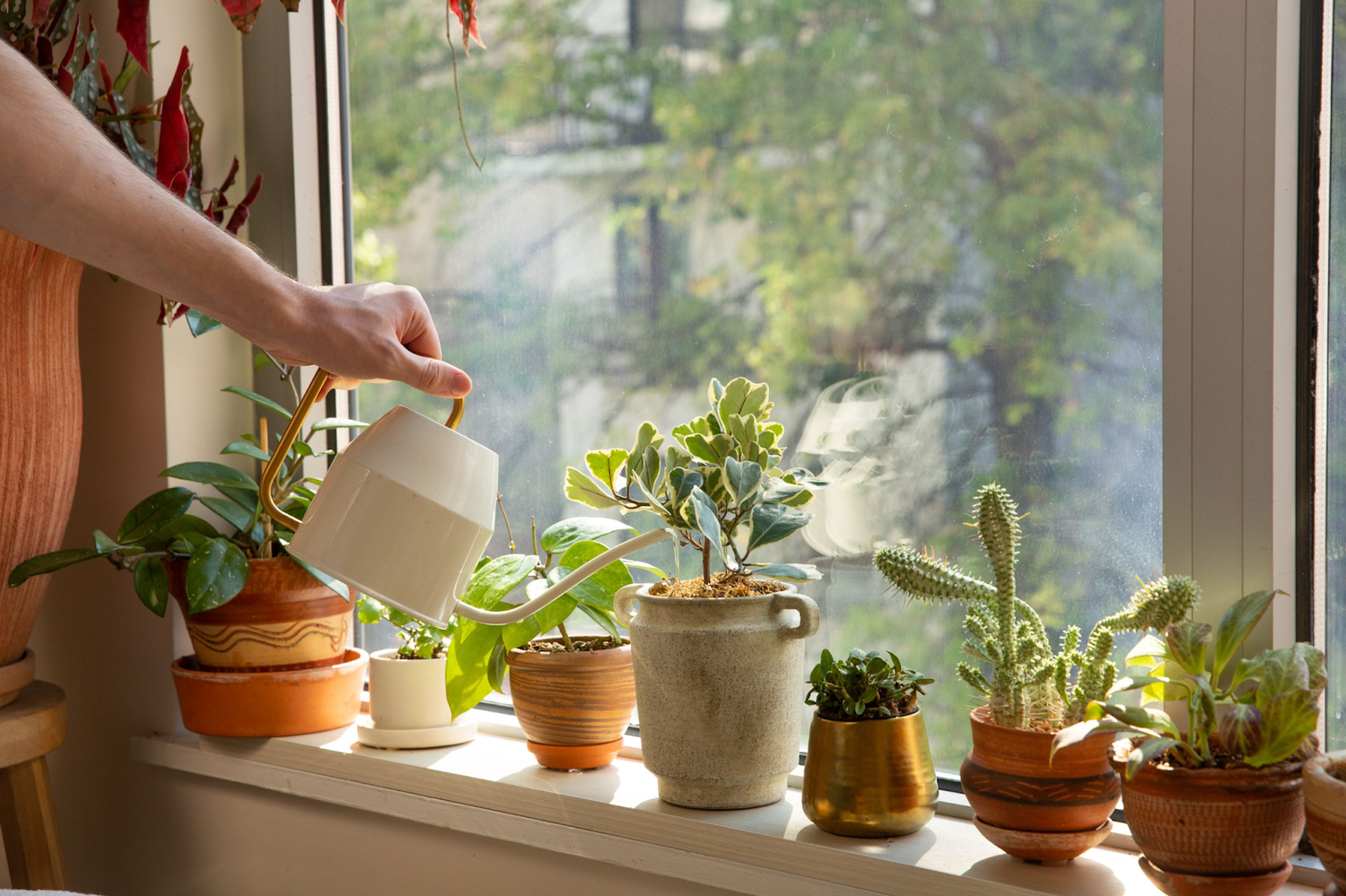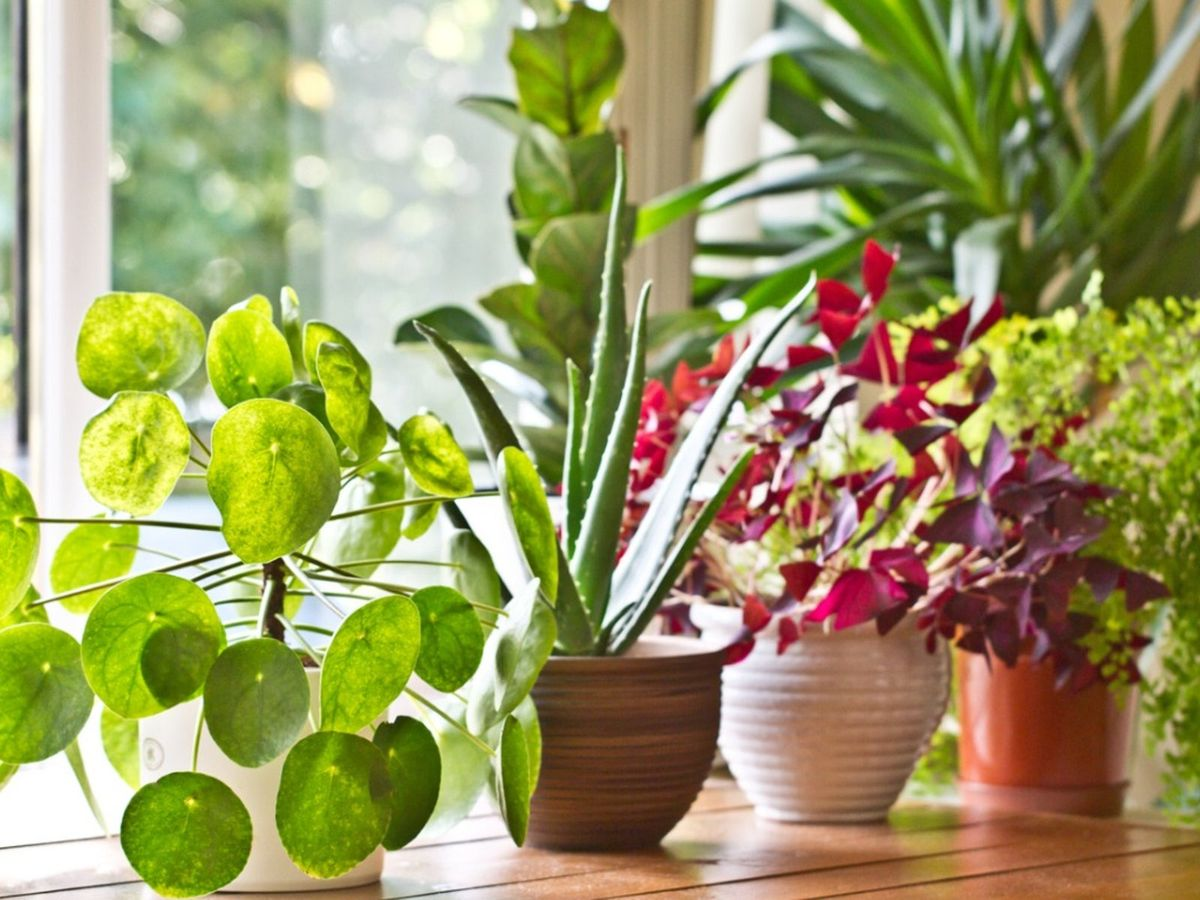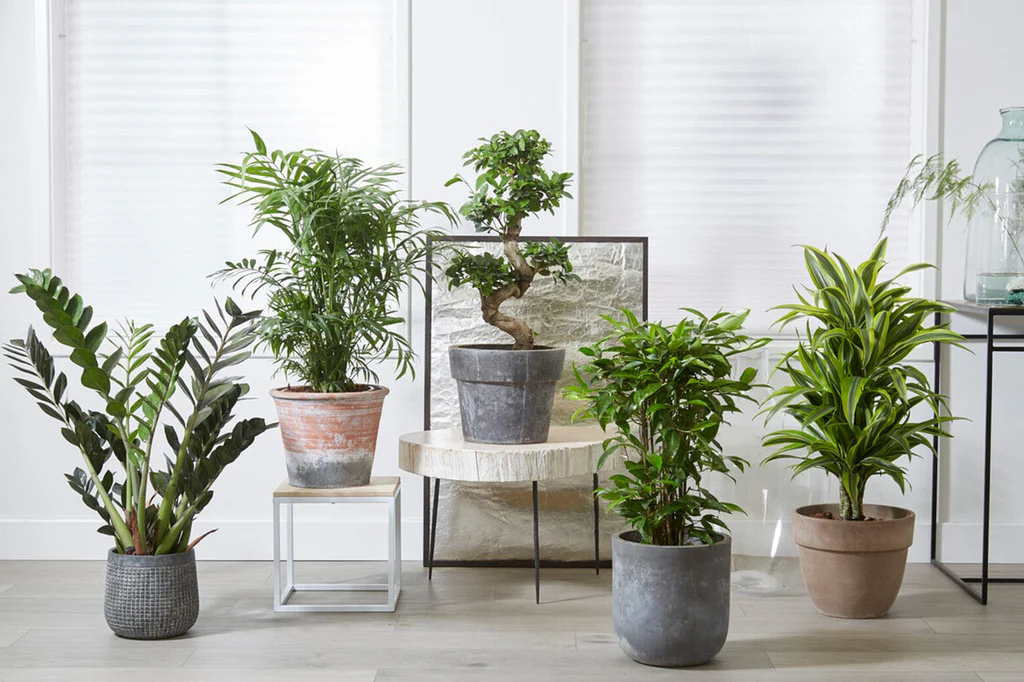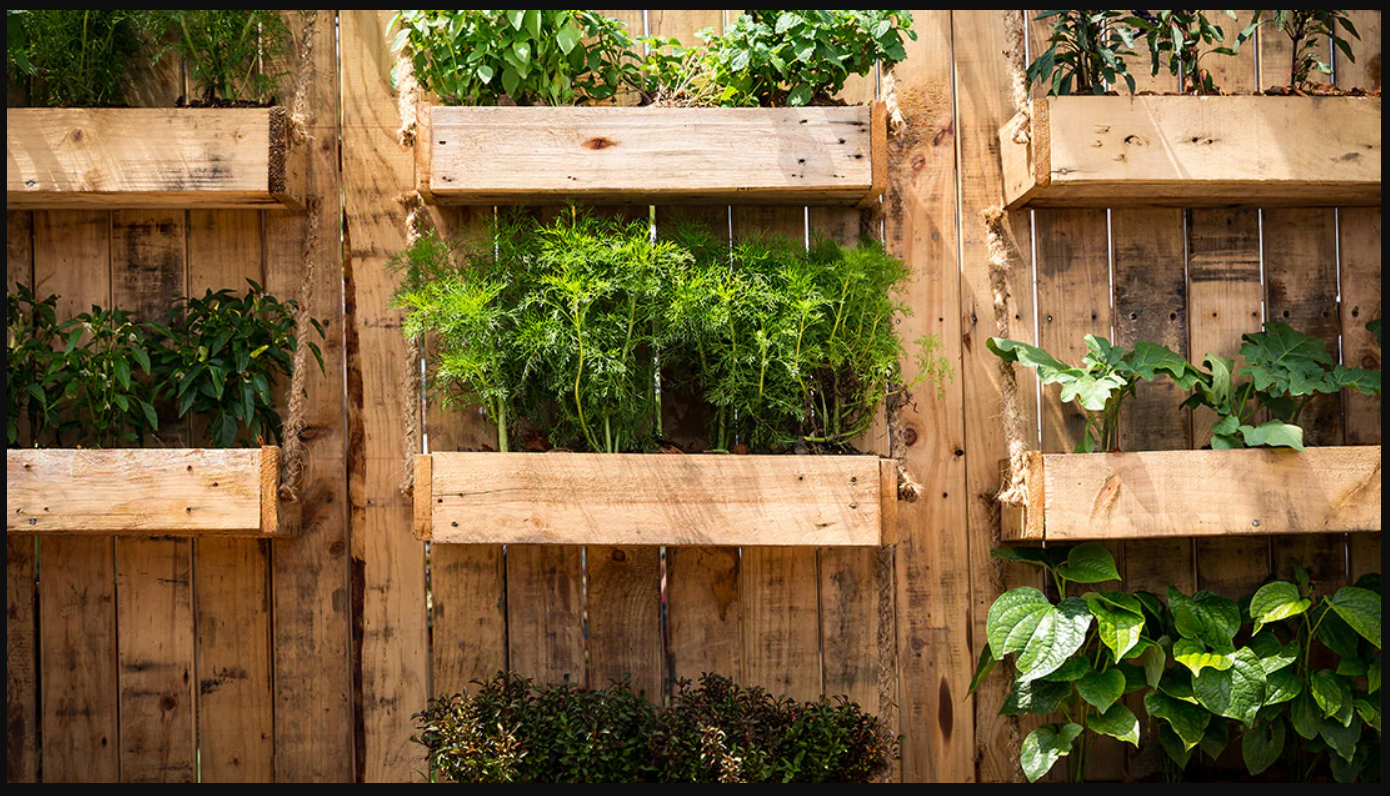How Do You Determine the Proper Time to Water Your Plants?
Just like Carnations require different quantities of light, some plants require different quantities of water. To get a sense of how much water your plants might need, think of your houseplants’ natural environments. Do they prefer hot and dry conditions, or do they love rainy and tropical conditions there?
Some native plants for dessert are succulent, and they will be happy with less watering because they do not like to remain wet. Cactus plants originate from hot dry environments, require less frequent watering as compared to tropical plants, and have an anatomical feature that is positively correlated to water storage. For example fleshy leaves, thick stems, or the rhizomes. It is also noteworthy that some of them have small root systems suggesting they originate from regions where rainfall is scarce. To water succulent plants allow their potting mix to dry off fully and do not water again until after a week or two.
Whereas the other plants such as the monstera deliciosa or Bird’s nest fern, are in a tropical environment and are used to frequent rainfall. These are leafy plants that will require more frequent water and this should be done about once a week.



